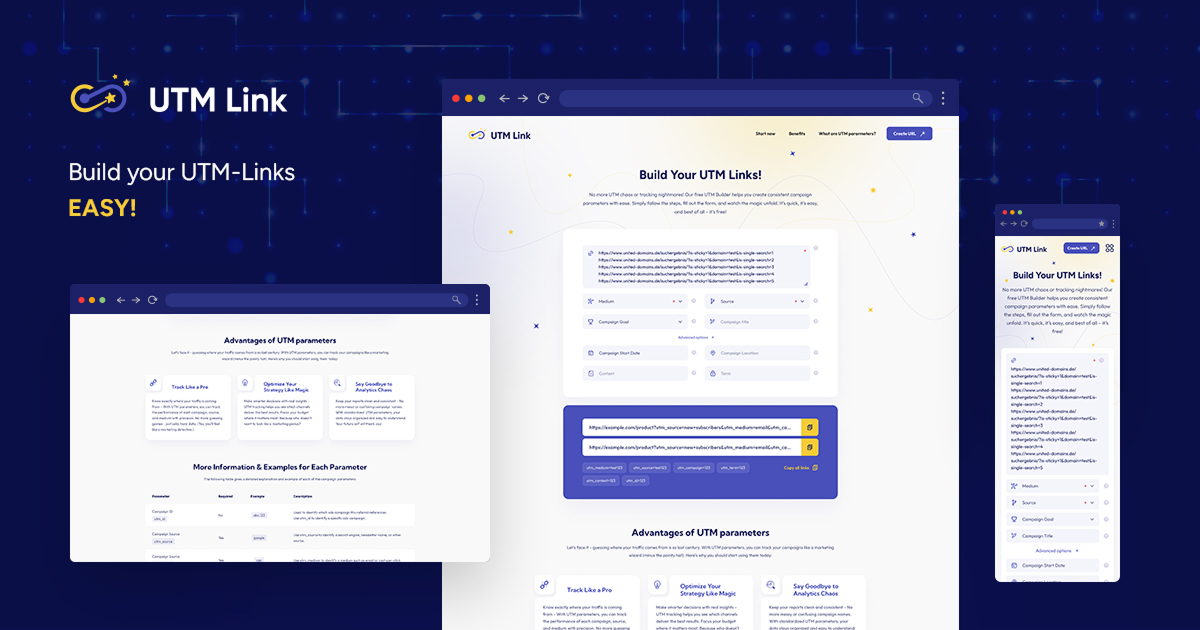When you start marketing your company, I think the first structure you lay is very crucial. In order to optimally measure long-term effects across multiple campaigns in Google Analytics, you should immediately consider using a unified campaign structure.
For this purpose I have created the following form. Use this form to structure your campaigns in a consistent way.

What is an UTM parameter?
UTM parameters are used by analytics software to better understand where traffic to a website is coming from and what content is most relevant. They are small text blocks that are placed in website links and can be used by Google Analytics, Mixpanel, Kissmetrics and Panelbear.
UTM parameters consist of two parts: the utm_source parameter, which specifies where you get your traffic from, and the utm_medium parameter, which specifies what medium (such as a social media platform) you use to drive traffic to your website. There are other optional parameters such as utm_content and utm_term, but they don’t always need to be specified.
Google Analytics uses these parameters in its reports so you can see how much traffic came from Facebook and how much came from Twitter. They also show you how effective your content is on the different channels – for example, which blog post received the most page views on LinkedIn.
Why should I use UTM parameters?
If you’ve ever run a website, you know that you need to know where your visitors are coming from. There are probably links to your website all over the Internet, such as social media, blogs, guides on how to use your product, and so on. People discover your website through these links.
Now wouldn’t it be useful to know what sources your visitors are coming from? This is where UTM parameters come in, allowing you to add small pieces of text to your links so that every time someone clicks on a particular link, you can „tag“ the metrics.
Without UTMs, you’d be missing out on important information that helps you understand which pages are most relevant to specific visitors. Example: If someone clicks on a link from Google Ads, but then bounces off your „About Us“ page within 30 seconds (or however much time), that means something was wrong with either the search or the landing page – but without knowing anything about that visitor other than the fact that they first clicked on an ad link and then landed on your site, there’s no way to figure out exactly what went wrong.